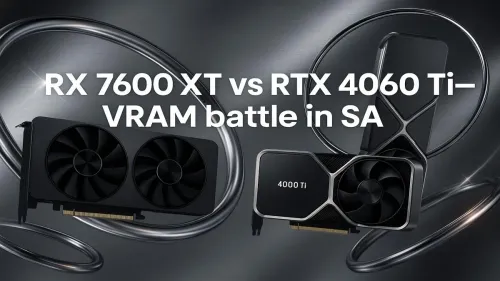
RX 7600 XT vs RTX 4060 Ti: 16GB VRAM Face-Off
Compare the RX 7600 XT vs RTX 4060 Ti VRAM showdown in South Africa. 🔥 Discover which GPU handles higher-resolution gaming smoothly 🎮 →
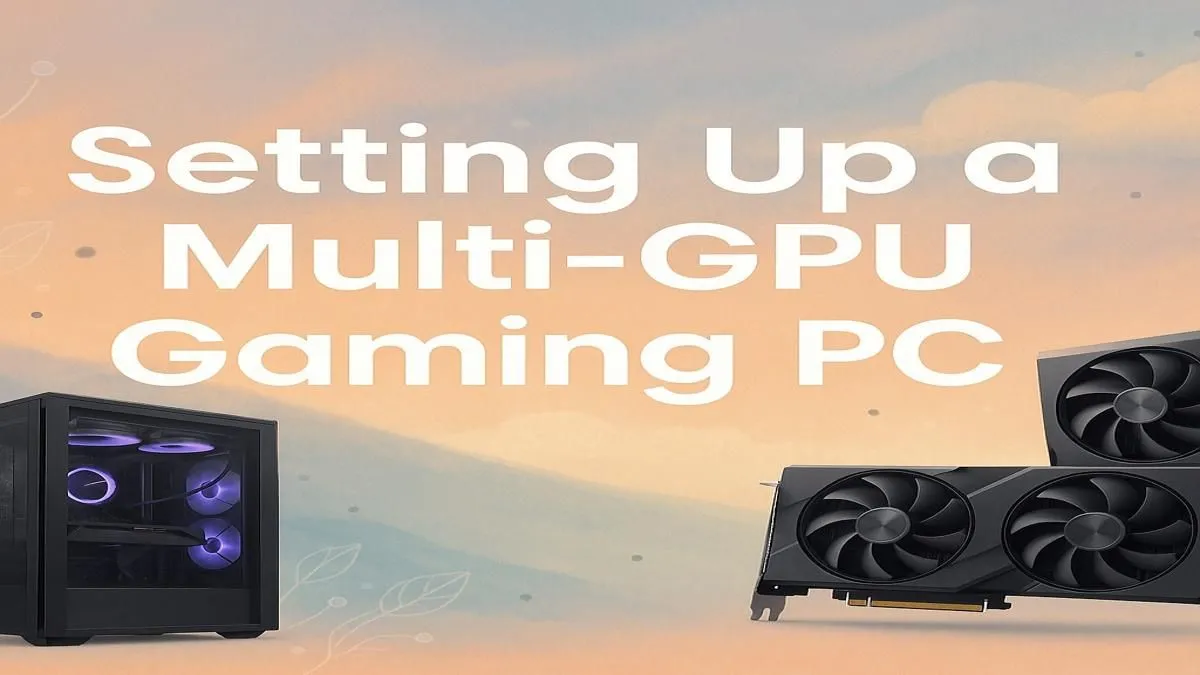
So, you’re thinking of building the ultimate rig. The kind of machine that doesn’t just play games… it dominates them. For years, the peak of PC power was a multi-GPU gaming PC setup, with two graphics cards roaring in harmony. It was the stuff of legends. But in today's world of hyper-efficient GPUs, is doubling up still the best way to get god-tier frames, or is it an enthusiast’s dream from a bygone era? Let's find out.
At its core, a multi-GPU setup involves installing and running two or more graphics cards in a single computer. The goal? To share the workload and pump out more performance. In the past, this was done using technologies like NVIDIA's SLI (Scalable Link Interface) or AMD's CrossFire.
For a long time, this was the only way to push 4K gaming or hit sky-high refresh rates. The idea was simple: two cards should equal double the power. In reality, the gains were often closer to 50-80%... when it worked.
Here’s the hard truth: for pure gaming, the golden age of the multi-GPU setup is largely over. Why? Game developers simply stopped building support for it into their games. The market for people running two graphics cards is tiny, so it's not worth their development time.
You're more likely to run into issues like:
Today, a single high-end card, like those found in modern NVIDIA GeForce gaming PCs, will deliver a smoother, more reliable, and often faster experience than two older cards strapped together. 🚀
Before you even think about buying a second GPU for work, check if your specific software (like DaVinci Resolve, Blender, or V-Ray) actually benefits. A quick search on forums or the software's official site can save you thousands of Rands and a lot of headaches.
![[Pre Built] AMD RYZEN 5 5500 ARC A380 Gaming PC](https://img.evetech.co.za/repository/ProductImages/gamdias-aura-gc5-ryzen-5-5500-arc-a380-windows-11-pro-gaming-pc-pbs-600px-v2.webp)
![[Pre Built] AMD RYZEN 9 9900X RTX 5070 Ti Gaming PC](https://img.evetech.co.za/repository/ProductImages/gamdias-neso-p1-ryzen-9-9900x-rtx-5070-ti-gaming-pc-pbs-600px-v1.webp)
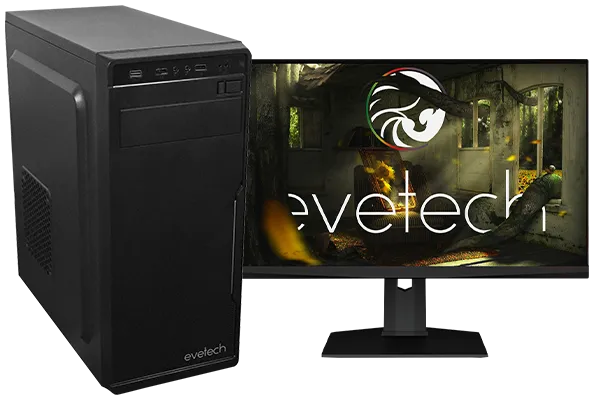
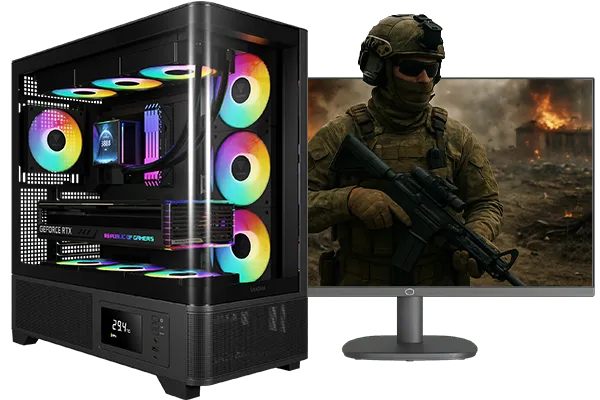
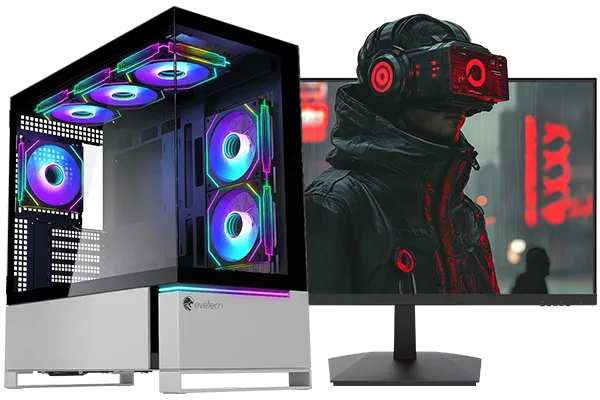
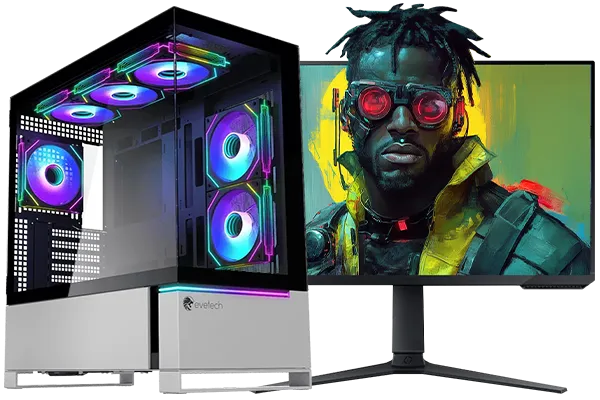
While it's a tough sell for gamers, a multi-GPU PC still has its place in the world of professional work and high-end workstations. Certain tasks in 3D rendering, video encoding, and scientific computing can still leverage the power of multiple GPUs to slash project times. For these specific workloads, a rig with a duo of powerful cards can be a productivity powerhouse.
Many professionals find that systems built around AMD's powerful and efficient architecture provide an excellent price-to-performance ratio for these demanding tasks. Exploring purpose-built AMD Radeon gaming PCs can be a great starting point for a workstation that doubles for play.
And of course… there's the sheer cool factor. For some enthusiasts, building a clean, powerful dual-GPU system is the ultimate hobbyist project.
If you’re still set on this path for workstation tasks or for the love of building, here’s a quick guide to the essentials.
You'll need a motherboard with at least two full-size PCIe x16 slots. Crucially, check how the motherboard splits its PCIe lanes. For optimal performance, you want both cards running in at least x8 mode (x16/x16 or x8/x8). A budget board won't cut it.
Two GPUs consume a massive amount of power, especially under load. Don't even think about attempting this without a high-quality, high-wattage power supply. A 1000W to 1200W PSU from a reputable brand is a safe starting point. Skimping here is a recipe for disaster.
Cramming two heat-generating monsters next to each other creates a ton of thermal pressure. The top card often suffocates, leading to thermal throttling and reduced performance. You’ll need a case with excellent airflow and possibly a custom water-cooling loop to keep things running optimally.
Ready for Peak Performance? While a multi-GPU setup is a niche project, achieving incredible frame rates isn't. Find your perfect performance match with the best gaming PC deals in South Africa, expertly built and ready to dominate any title you throw at them.
Ensure compatible GPUs, use SLI/CrossFire bridge, enable profile in NVIDIA/AMD drivers, optimize game settings for multi-gpu.
Choose a board with multiple PCIe x16 slots, adequate power delivery, and chipset support for your GPU generation (e.g., PCIe 4.0).
Use vendor tools (NVIDIA Control Panel/AMD Adrenalin) to optimize 3D settings and enable GPU scaling for balanced workloads.
Multi-gpu shines in 4K/VFX but risks diminishing returns. Single high-end cards often provide better efficiency and fewer compatibility issues.
A 750W-1000W 80Plus Gold or Platinum PSU with enough PCIe connectors ensures stable performance under dual GPU load.